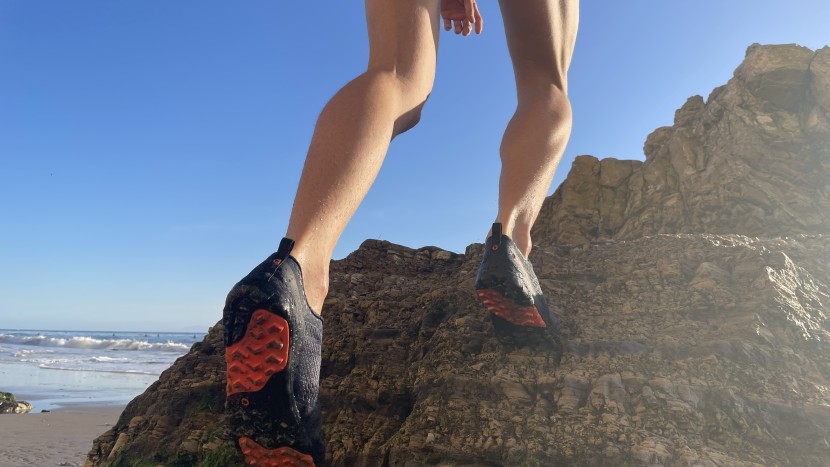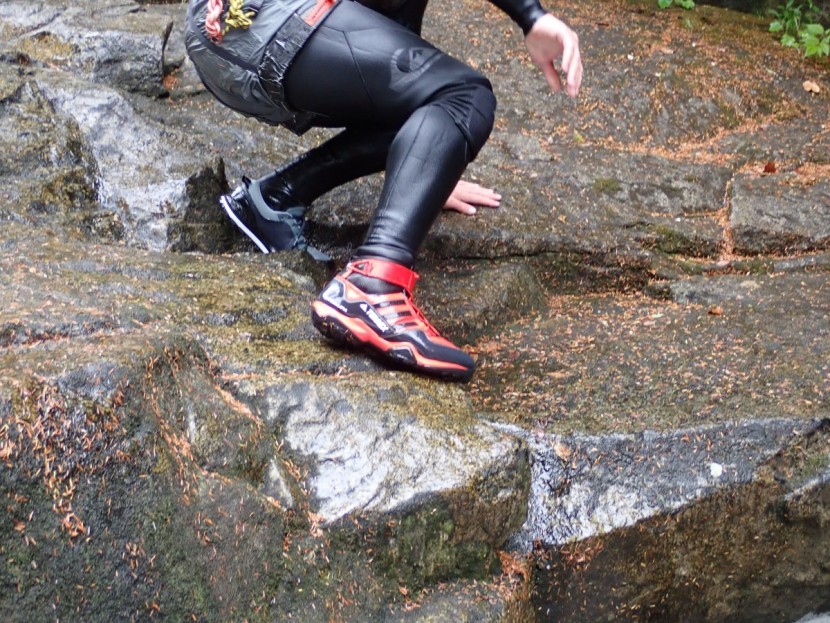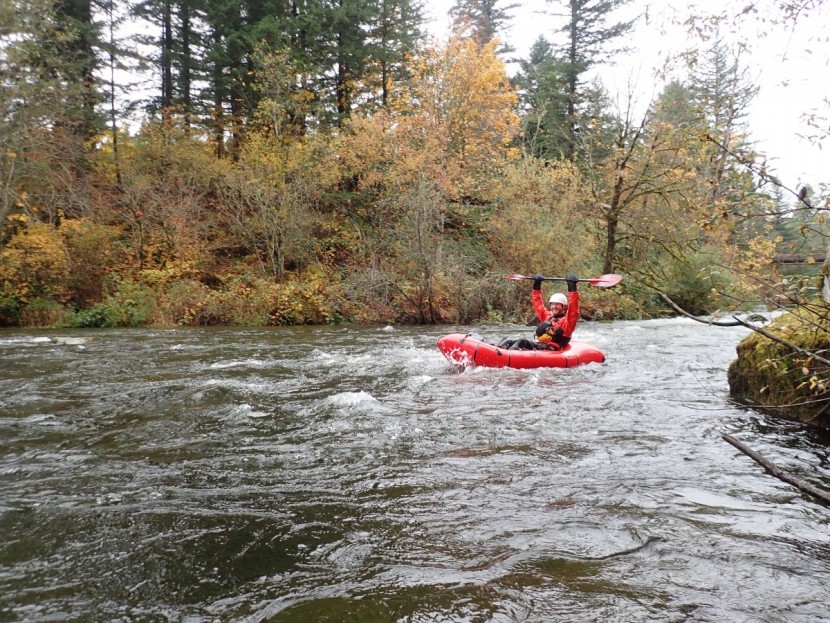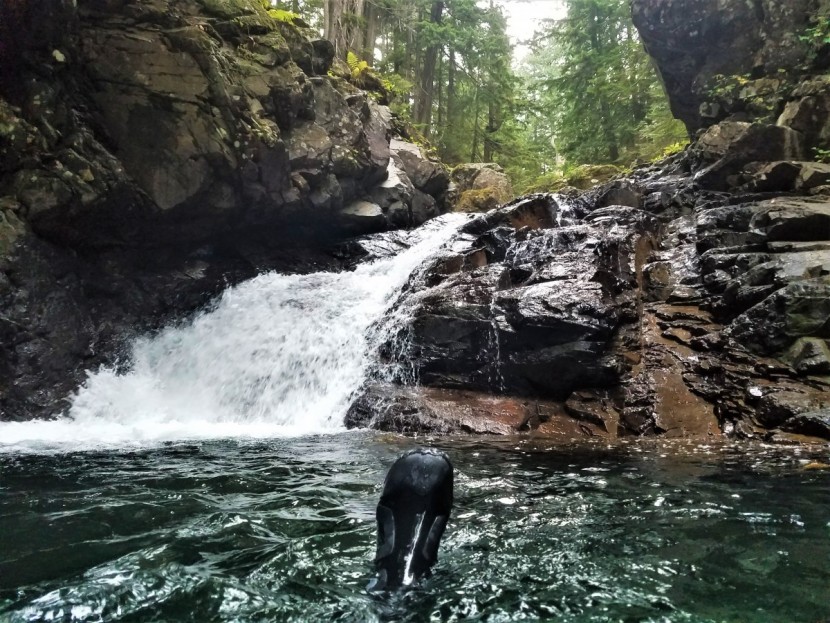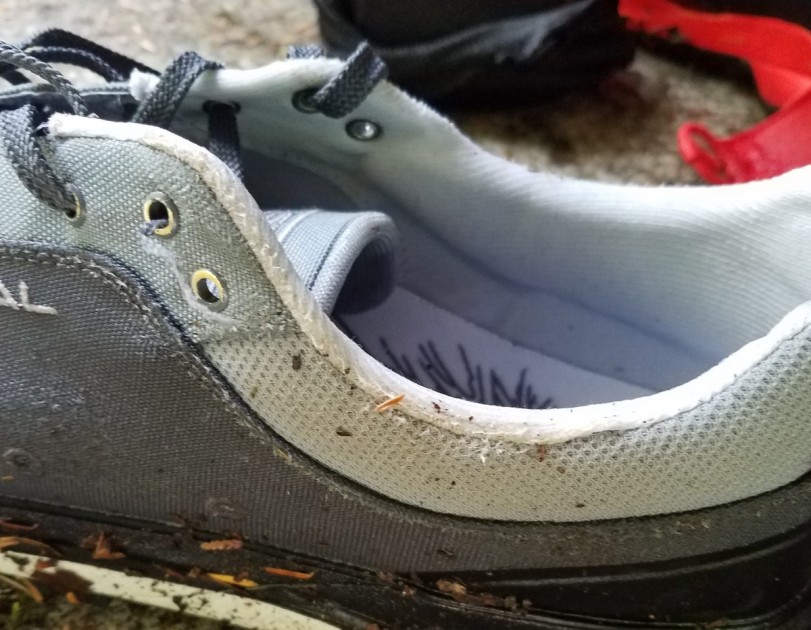We thoroughly tested these water shoes side-by-side in the wet Pacific Northwest, Santa Barbara coastline, and spring snowmelt streams of the Colorado Rockies. We took them canyoneering, whitewater pack rafting, hiking, and bushwhacking along rivers and subalpine wetlands, onto beaches, tides, islands, and running around lakes in pouring rainstorms. We also wore them for the more casual activities folks often use these shoes for — grabbing drinks with friends and even days at the office.
We also spent lots of time testing with two shoes at a time or switching back and forth same day same activity, a standard testing procedure here at OutdoorGearLab that allows us to make detailed, side-by-side comparisons in the real world.
Comfort
While comfort depends partially on fit, we evaluated shoes for how supportive they were, how well they protected our feet over rough terrain, how well they drained water on land, and how adjustable they were based both on the category and their intended use. While we list the relative volume of fit for each shoe, we did our best to ignore how the shoe fits our particular feet when rating this metric, focusing primarily on whether the shoe's goal met the corresponding needs.
In the water, we were looking for whether shoes stayed securely on our feet while swimming and protected us from rocks and sticks hidden underwater. On land, we walked on trails, beaches, cobbles, boulders, and bedrock to see how quickly our feet got tired and whether we felt excessive pressure in rough terrain.
Traction
We test traction in real-world conditions, usually wearing different shoes on each foot to enable side-by-side comparisons. This allows us to rank shoes in terms of their traction and establish which ones are the stickiest.
Relying on real-world conditions, we made sure to test each shoe on a combination of hard and soft surfaces. For hard surfaces, we evaluated traction on wet and dry rocks and logs. We even made sure to test both rough, grippy rock, like coarse granite, as well as smoother, generally slicker rock, like metamorphosed sandstone. For soft surfaces, we tested shoes on mud, dirt, moss, kelp, and duff to see how well they kept from slipping.
Warmth
Unless you're lucky enough to live in a place with super warm water, you'll probably need some insulation to keep your feet warm. When evaluating shoes for warmth, we looked at a few things:
First, what are the upper materials, and how much insulation do they provide on their own? Shoes with no drainage and thick uppers tend to be very warm. While they can be too warm at times, you can usually cool off by simply getting wet.
Second, how adjustable is the shoe, and do they fit well with a range of sock thicknesses? For shoes not made of neoprene, warmth comes only from being able to stuff in insulation, either in the form of wool, neoprene, or layers of socks underneath a dry sock. To score high in this metric, shoes without lots of built-in insulation had to be adjustable enough to fit multiple layers of socks and a drysuit sock, while still being comfortable with thin or no socks.
Lastly, we performed a cold plunge with each option for five minutes in approximately 38-degree water, assigning each model a score from 1-10.
We also tested shoes with and without insoles. Removing the insole opens up a lot of volume in the shoe, which can add warmth and enable you to add more insulation. Shoes scored higher in this metric if they had removable insoles and were still wearable without their insoles.
Versatility
Water shoes can be great to have for a variety of activities, from paddling or rafting to canyoneering or river walking. We used these shoes in as many environments as we could think to expose them to — whitewater boating, canyoneering, hiking, creek walking, tide pools, sandy beaches, and just hanging around lakes and rivers. To score high in versatility, we needed to be able to confidently reach for a shoe for multiple activities. We also considered the aesthetics of each option for around-town hangs, though style is, of course, subjective. In the modern era, water shoes don't necessarily mean that one has to commit to wearing unsightly footwear.
Sensitivity
Water shoes should provide a decent level of sensitivity to allow you to feel the ground beneath your feet. During testing, we evaluated for ground feel, which can allow proprioception, or the ability to sense one's position relative to their environment.
While walking both in and out of the water, we noted whether we had a good sense of what we were walking on and whether the shoes felt like bricks or gave us good, flexible ground feel. In the water, we waded and swam to evaluate drag and ankle flexion.
Quality of Construction
We performed a series of drag tests on each and every shoe, from gravel to dock wood to abrasive rock slabs. We also took extensive notes regarding wear and tear while conducting weeks of field testing.
We look for build quality, stitching, glue seam appearance, the use of reinforcing materials, and whether reinforcements are stiff and rigid or soft and pliable. We also note any spots of premature wear following our testing that we suspect will turn into durability issues later on.


